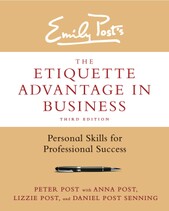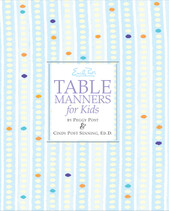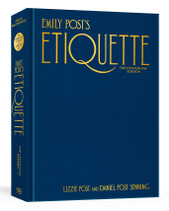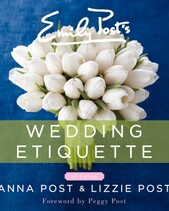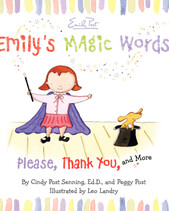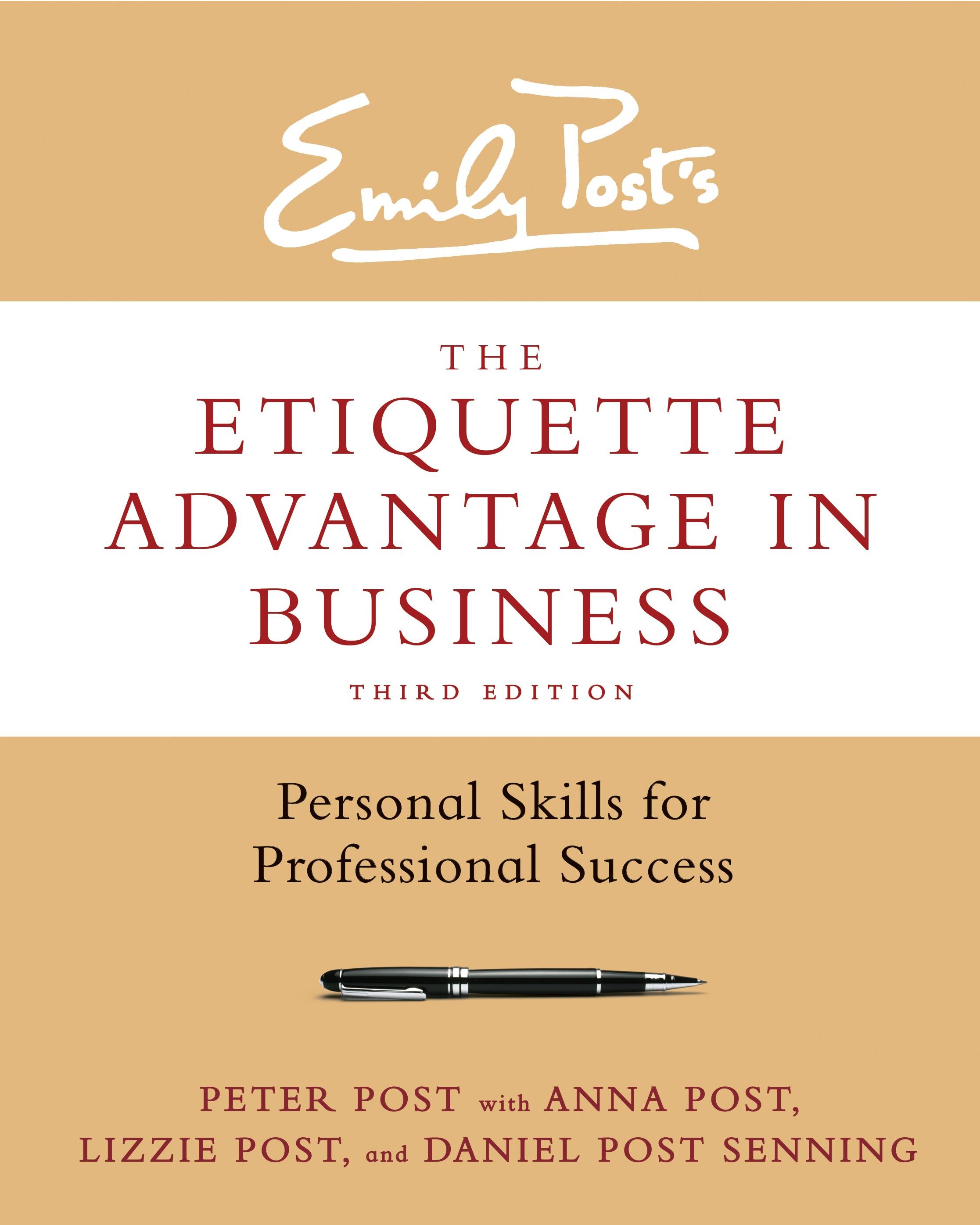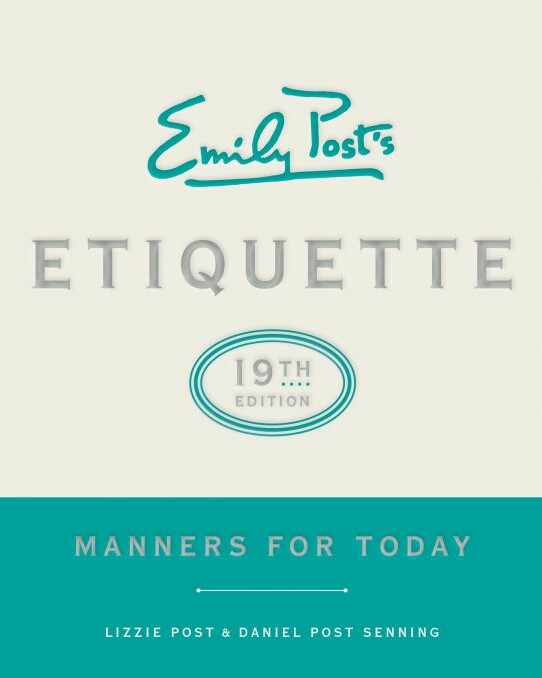
Download: Nine Tips for Written Communication Etiquette

As you know, you rarely get a second chance to make a good first impression, and from the outset, you want your written communication to shine.
While technologies and communication methods are constantly changing and evolving, standards for grammar and etiquette remain constant. From communicating via intra-office memos or letters to utilizing text messaging and social media, here are nine essential tips to not only meet but exceed professional standards for written communications in today's business culture.
Nine Tips for Written Communication Etiquette [download]
If you can't put it on a bulletin board for everyone to see, don't put it anywhere. This goes for e-mails, blogs, Twitter, Facebook, and other forms of social media. With today's technology, very few messages with the potential to be sensational ever remain private for long. Always remember this when you are about to post that funny or deprecating remark about your boss or new client in an email to your colleague or on your "private" social media page. Your boss or client may not find it a laughing matter.
- Avoid misunderstandings by speaking face-to-face or over the phone whenever possible. Facial expressions, tone of voice, and body language aren’t present in your writing. Without these cues your audience will perceive a more negative tone in your message than you intend. Use written communication to convey factual information such as: Who? What? When? Where? When you get to "Why?" or to expressing an opinion, think about whether it would be more appropriate to have the conversation in person. When things start to get tense via email, stop and take a moment to regroup. Then pick up the phone and call the person you're having the miscommunication with directly.
- Be aware of your tone. Whether spoken or written, tone says a lot more than you might realize. Read your professional correspondence or emails out loud to yourself in a quiet room. Do you sound snippy? Sarcastic? Demanding? Think about how you want your message to sound. If you aren’t sure, ask a colleague you trust for his or her opinion.
- Let it simmer. It’s never a good idea to send an email when you’re angry or upset. Once you hit "Send," you can't take it back. High emotion can cloud your perspective on tone, so let emails sit as drafts so you can think them over before sending.
- Double check your "To" and "Subject" fields. Many "To" fields begin to auto-fill with names from your address book when you start typing—be sure you select the right John or Stephanie to send to. Your subject line is always the first thing others read in your email and in some cases determines whether or not the recipient will take the time to open it.
- Check for spelling and accuracy of your description. Even better, double check both of these fields after your final proofread.
- Emoticons. These are fine to use with your friends and family, but avoid them in professional communications. A smiley face sent to a new client can look juvenile. If you are using emoticons to confirm the emotion of a request or message, then the message should be rewritten to convey that emotion in words.
- Text abbreviations. These (LOL, BTW, BRB, UR, etc.) are also fine to use with personal communications, but don't use them in a professional context. They may even confuse the recipient. It’s worth spelling out your messages in full for clients and colleagues.
- Formal vs. Informal. When in doubt, always defer to a formal form of address: Ms. or Dr. Jones instead of Sandy. It's easier and more respectful to go from Ms. Jones to Sandy as you get to know a colleague or boss better, but a bit more awkward to go back to the formal title once you've started addressing someone by his or her first name. How do you know what to use on email? Start with the formal form of address, and watch his or her reply. "Kind regards, Sandy" means you can call her Sandy in your reply. "Kind regards, Sandy Jones" implies you should stick with Ms. Jones.
- Proofread and proofread again. Take the extra time to make sure your email is exactly as you want it with no mistakes (spelling, grammar, punctuation, syntax) before hitting "Send." And watch out for auto-correct when typing on a mobile device! Each of your communications represents you, your organization, and your attention to detail. While "Sent from my iPhone" is fine to include on messages emailed from your handheld device, avoid the phrase, "Please excuse any mistake as this message was sent from my iPhone." It’s not the iPhone’s fault if you didn’t reread your message, it’s yours—and it will show.
Click the button to download this list: Nine Tips for Written Communication Etiquette
At Emily Post, we don’t teach rules or preach protocol. We guide you in making an amazing impression over and over again that helps build better, stronger relationships that win business.
